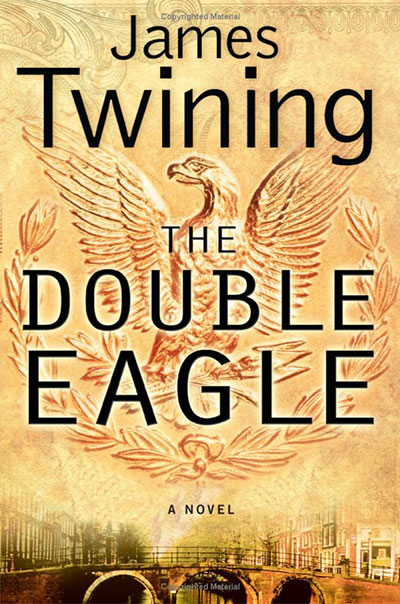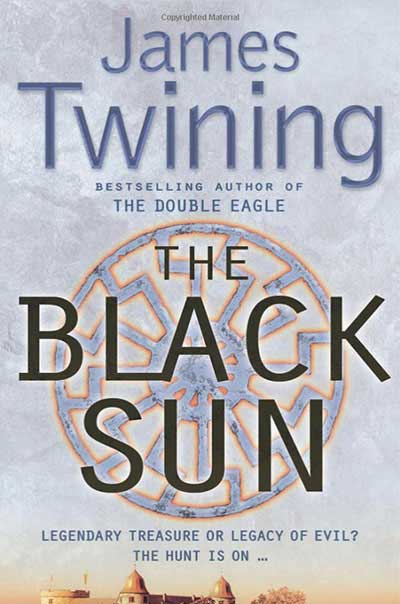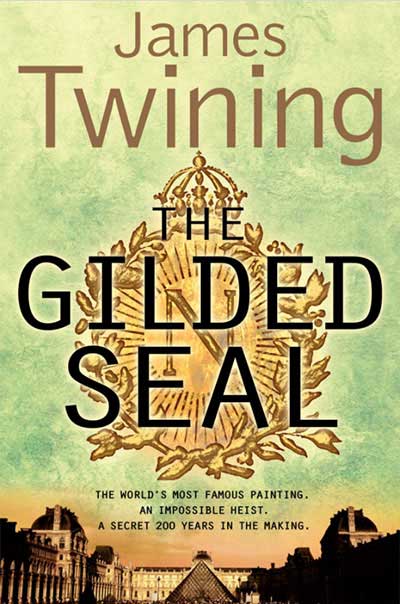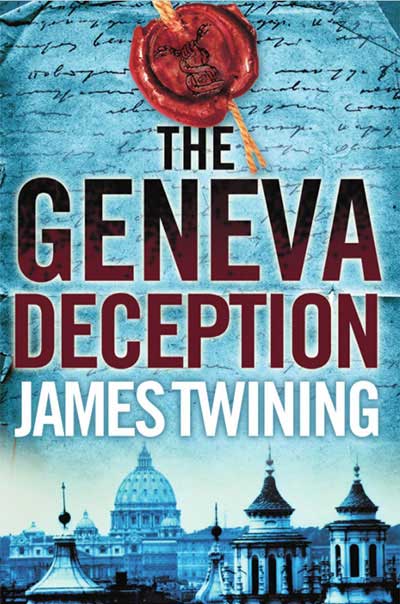The Black Sun and Wewelsburg Castle
The second Tom Kirk adventure, The Black Sun, is named after a runic symbol inlaid into the floor of the Hall of the Supreme SS Leaders in the North Tower of Wewelsburg Castle in Northern Westphalia, Germany.
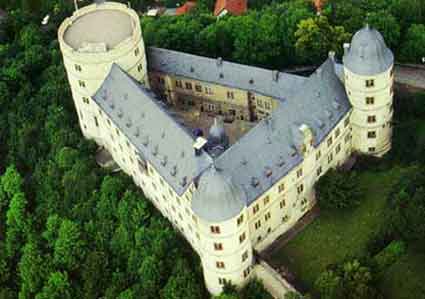
Based on a seventh century AD fertility symbol, the Black Sun (Schwarze Sonne) in German) combines the Swastika with the stylised sig-runes made infamous by the SS. As described below, the symbol was meant to present in architectural terms the idea of the North Tower of Wewelsburg Castle as the centre of the Nazi world.
The origins of Wewelsburg Castle
Wewelsburg Castle, perched on a limestone outcrop overlooking the Alme Valley, was built between 1603 and 1609. The only triangular castle in Europe, it was originally intended as a secondary residence for the Prince Bishops of the nearby town of Paderborn, but fell into disrepair after the fall of the Holy Roman Empire.
In 1815, shortly after passing into the hands of the Prussian state, the castle’s huge circular north tower was struck by lightening, the resulting fire leaving only its two metre thick outside walls standing.
The SS Reich Leaders’ School
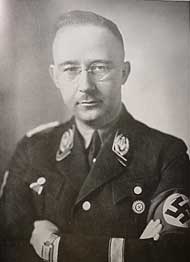
In 1933, Heinrich Himmler, signed a 100 year lease on behalf of the SS with the local district of Büren to rent the castle for a symbolic fee of one Reichsmark per annum. His plan was to develop the castle into a training centre for SS Leaders.
The SS was originally established by Himmler as Hitler’s personal bodyguard, although it rapidly emerged as a “state within a state”, a massive enterprise that encompassed racial and agricultural policy, owned vast factories and ran the concentration camps, not to mention controlling a fighting force of close to a million men at its peak.
From the outset, Himmler emphasised the SS’s uniqueness, from its striking black uniforms to its distinctive lightening flash runic symbols. Not only were officers drawn from the highest levels of society, but they had to prove the ‘purity’ of their family line back to at least 1750, and enlisted men 1800.
The SS Reich Leaders School was, therefore, seen as a key weapon in cementing the SS’s elite status in German society and in ensuring that Himmler’s rapidly growing organisation retained its ideological purity and shared values.
The cult of the SS
Himmler also envisaged a new state pseudo-pagan state religion based on an idealised view of chivalric German culture and Aryan racial purity. The SS were to be the ideological vanguard of this new faith and the instrument through which the German people were to be indoctrinated into it.
To that end, he established festivals on both the Summer and Winter Solstices which incorporated elements of pagan rituals, including sun and nature worship. SS Officers, meanwhile, were wed in secular ceremonies with distinctly pagan overtones, and their children ‘baptised’ in similarly pagan-influenced naming rituals.
Wewelsburg was to play a central part in many of these ceremonies, as well as serving as the repository for the SS Death’s Head rings – Totenkopfring – presented to SS officers after three years of service. Formed of a band of oakleaves engraved with a death’s head and runes, the rings were further testament to Himmler’s obsession with Germanic mythology, in which Thor was said to possess a pure silver ring on which oaths were sworn.

Wewelsburg – the new Camelot
As Himmler’s plans for the castle developed, so did his architectural ambitions for the site. He envisaged a vast military, residential and quasi-religious complex radiating out for nearly a kilometre from the castle’s north tower that would have necessitated the resettlement of the entire village of Wewelsburg and taken over twenty years to complete.
Himmler imagined the castle as a new Camelot. He even installed an Arthurian round table in the castle and then chose twelve SS Officers to serve as his followers.
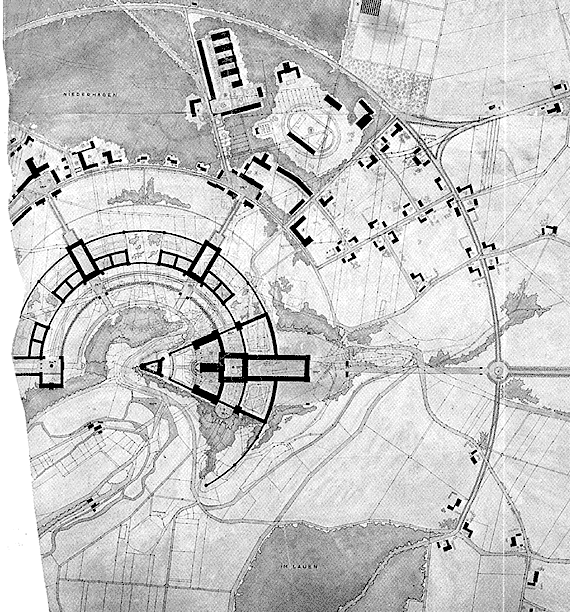
Each of these officers’ quarters commemorated a different hero from Germanic mythology and history, with one room even set aside to house the Holy Grail when it was eventually found.
Himmler’s own room was dedicated to the Saxon King Heinrich I who led the German defence against a Magyar invasion during the 10th century, and laid the foundation of what was to become the Holy Roman Empire. Rumour has it that Himmler believed himself to be the earthly reincarnation of Heinrich’s spirit.
Wewelsburg rapidly emerged as a sort of Nazi Mecca – a place as sacred to the SS as Marienburg had been to the Teutonic Knights and, effectively, the centre of the Nazi world.
KZ Niederhagen
To bring the first stages of this vision to life, in 1939 the SS established a concentration camp at the edge of the village. Not only was it was the smallest such camp in Germany, but its main purpose was to ensure a cheap and continuous source of slave labour for the planned construction work rather than to operate as a profit making enterprise as was the case with most other death camps.
In line with the SS principle of “extermination through work”, at least 1,285 of the approximately 3,900 prisoners brought to Niederhagen to work on the castle died. Overwork and undernourishment were the main causes of death, but many were tortured or beaten to death, or simply shot.
The camp was officially dissolved in 1943 when work on the castle stopped, the surviving prisoners being transferred to other camps.
The ceremonial rooms

Despite all Himmler’s grand plans, only two rooms in the North Tower were actually approaching completion by the time work stopped in 1943 – the Crypt and the Hall of the Supreme Leaders.
The Crypt was designed to resemble a Mycenean beehive tomb and was probably intended as a place to honour high ranking SS Leaders – twelve plinths are spaced around its circular walls as resting places for funereal urns. The shape of the room and its acoustics and lighting were all designed to create a solemn and mysterious atmosphere. The lightwells illuminate the centre of the room where an eternal flame was to have burnt. Above it, at the apex of the domed crypt ceiling, is a relief of an ornate swastika.
The Hall of the Supreme Leaders lies directly above the crypt and was to have been the focal point of the entire Wewelsburg compex – a Latin inscription over the doorway acts as a reminder that it once served as the castle’s chapel. The room itself is a clash of architectural styles ranging from the twelve Romanesque columns to the church-style semi-circular windows and cross-groin vaults.

It was in this room that Himmler installed his Arthurian round table and gathered his twelve most senior and trusted Generals about him to reportedly enact various ceremonies and rituals – each had their own coat of arms engraved on a silver plaque hung from back of their chair.
The only official record of the room being used, however, was during March 1941 when the generals were briefed on the role of the SS in Operation Barbarossa, the invasion of Russia.
The Black Sun
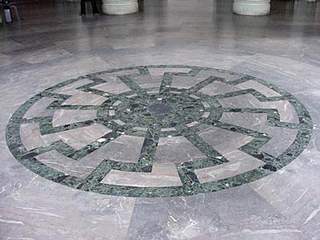
The symbol of the Black Sun itself is inlaid into the floor of the Hall of the Supreme Leaders, directly above the swastika on the ceiling of the crypt underneath it. It is composed of three circles and twelve “rays” in the form of SS sig-runen. People have speculated about the significance of the numbers 3 and 12 which feature in other design elements of the two ceremonial rooms although no clear answer has yet emerged (One is suggested in The Black Sun in the form of the twelve SS Knights of The Order of the Death’s Head and their three retainers).
The symbol of the Black Sun unites the three most important symbols of Nazi ideology – the sun wheel, the swastika and the sylised victory rune. The sun wheel was originally worn as a decorative fibula by Frankish and Alemannian women on their belts in the third century AD, although the version on which the Black Sun was based was probably a variation of seventh century AD Roman swastika fibula.
This symbol has been reproduced on the cover of The Black Sun with one important difference – the arms face the wrong way (i.e. they go to the left rather than the right). It was a deliberate design decision by the author to subvert the original to indicate that he rejected everything that the symbol represented.
The last act
On 31 March 1945, not wanting to let his “Camelot” fall into enemy hands, Himmler despatched a special task force to Wewelsburg with orders to destroy it. The resulting fire destroyed the castle, although the ceremonial rooms survived relatively unscathed. On 2nd April 1945 advancing US forces reached the castle and liberated a surviving unit of 42 inmates from the concentration camp.
In 1950, after extensive renovation, Wewelsburg Castle reopened as a regional museum and youth hostel. The former SS guardhouse was later also opened to mark Wewelsburg’s unfortunate role as the centre of the SS cult and the scene of at least 1,285 murders of concentration camp inmates.
For further information, please go to http://www.wewelsburg.de/

